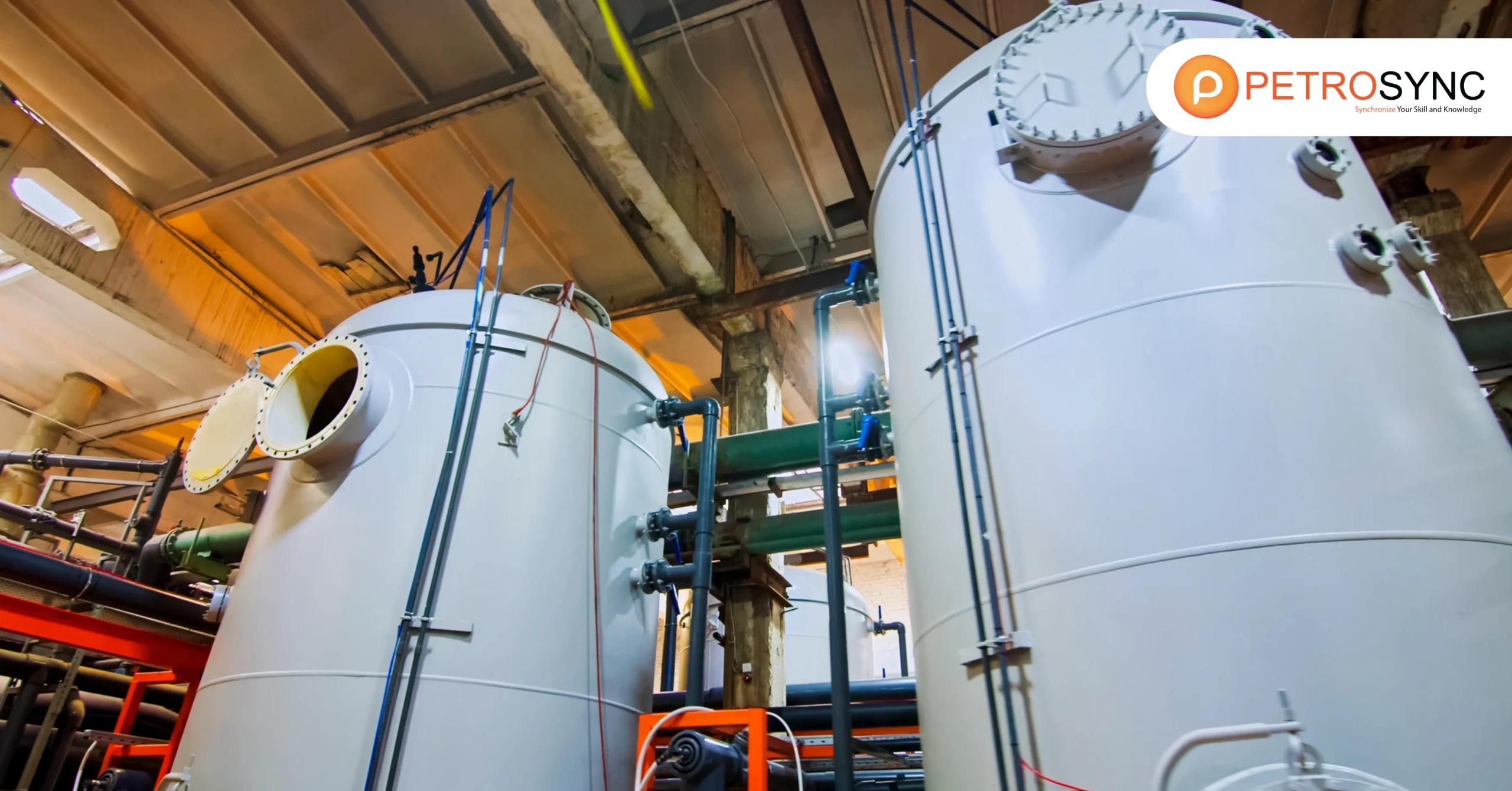Navigating the realms of petroleum, petrochemical, and chemical industries requires a deep understanding of piping standards and codes. These regulations establish a structure, ensuring the correct design, fabrication, and inspection of piping systems. As a thorough guide, they guarantee the integrity and durability of structures.
What Is Piping Code?
A piping code is a set of rules and standards created to ensure the safe design, construction, and maintenance of piping systems. It provides guidelines for various aspects such as materials, dimensions, fabrication, testing, and inspection of pipes.
Piping codes define the requirements for the design, fabrication, use of materials, tests, and inspection of pipes and piping systems. These codes are essential in industries like oil and gas, petrochemicals, and power plants, establishing uniformity and reliability in the complex network of pipes used for transporting liquids and gases. Adhering to piping codes ensures that piping systems meet specific criteria for safety, performance, and regulatory compliance.
What Is Piping Standard?
A piping standard is a set of guidelines and specifications established to ensure consistency and quality in the design, construction, and maintenance of piping systems. It outlines the accepted practices, dimensions, materials, and testing methods for pipes used in various industries like oil and gas, petrochemicals, and power plants.
Piping standards define application design and construction rules and requirements for piping components such as flanges, elbows, tees, valves, etc. These standards help ensure that different components of piping systems meet specific criteria for safety, reliability, and performance.
What Is The Difference Between Piping Code and Standard?
The main difference between a piping code and a piping standard lies in their focus. A piping code primarily provides rules for the safe design, construction, and maintenance of entire piping systems. On the other hand, a piping standard concentrates on specifying guidelines for individual components within those systems, such as flanges, elbows, tees, and valves.
In simpler terms, a code oversees the entire process, ensuring the overall safety and functionality of the piping network, while a standard deals with the detailed specifications and requirements for the specific parts used in that network. Both are crucial in maintaining the reliability and uniformity of piping systems in various industries.
What Are The Widely Used Piping Codes and Standards?
Piping Code
1. ASME B31.3 – Process Piping:
ASME B31.3 by the American Society of Mechanical Engineers (ASME) is crucial for industries involving process piping, such as petrochemical, chemical, and power plants. It addresses design, construction, and maintenance of piping systems, emphasizing safety and integrity.
2. API 570 – Piping Inspection Code: In-Service Inspection, Rating, Repair, and Alteration of Piping Systems:
Developed by the American Petroleum Institute (API), API 570 focuses on in-service inspection and maintenance of piping systems in the petrochemical industry. It ensures the ongoing reliability and safety of piping infrastructure.
3. ASME B31.1 – Power Piping:
Another important code from ASME, B31.1, concentrates on power piping systems, specifically those found in power plants, industrial facilities, and heating systems. ASME B31.1 provides guidelines for design, construction, and operation, emphasizing safety and efficiency.
Piping Standard
1. ASTM A106 – Standard Specification for Seamless Carbon Steel Pipe for High-Temperature Service
This standard by ASTM International specifies requirements for seamless carbon steel pipes used in high-temperature applications. It ensures the reliability and performance of pipes in demanding conditions.
2. ANSI/ASME B16.5 – Pipe Flanges and Flanged Fittings:
This standard from ASME focuses on the dimensions and materials for pipe flanges and flanged fittings. It is crucial in ensuring compatibility and proper connection of different piping components.
3. ASTM A234 – Standard Specification for Piping Fittings of Wrought Carbon Steel and Alloy Steel for Moderate and High-Temperature Service
ASTM A234 sets the standards for wrought carbon steel and alloy steel pipe fittings used in moderate and high-temperature services. It ensures the proper construction and performance of these fittings.
What Are The Importance of Knowing the Piping Code or Standard?
Understanding and adhering to piping codes and standards is crucial for several reasons:
1. Safety and Compliance
Following the correct code or standard ensures that piping systems are designed, constructed, and maintained with safety as a top priority. It also helps in compliance with industry regulations and standards.
2. Reliability and Performance
Piping codes and standards set guidelines for materials, dimensions, and construction methods, ensuring the reliability and optimal performance of piping systems in various applications.
3. Uniformity and Compatibility
Knowledge of the relevant codes and standards promotes uniformity in design and construction practices. It ensures compatibility between different components and systems, avoiding issues that could arise from mismatched specifications.
4. Quality Assurance
Adhering to established codes and standards provides a quality assurance framework. It helps in producing and maintaining high-quality piping systems that meet industry-accepted benchmarks.
5. Legal and Regulatory Compliance
Many industries have legal requirements that mandate adherence to specific codes and standards. Knowing and following these regulations is essential to avoid legal complications and liabilities.
In summary, staying informed about and applying the appropriate piping codes and standards is fundamental to the success, safety, and compliance of piping systems in various industries.
In summary, sticking to piping codes and standards is crucial for the safety and effectiveness of piping systems in various industries. Codes like ASME B31.3 and API 570 provide detailed instructions for designing, building, and maintaining pipes, ensuring they meet industry-specific needs.
Standards like ASTM A106 and ANSI/ASME B16.5 set the quality benchmarks for materials and fittings, making sure that piping components work uniformly and reliably. These codes and standards contribute to a culture of safety, maintain quality, and help operations run smoothly in the complex world of piping.
If you want to learn more about piping, specific training program by PetroSync such as API 570 training and ASME B31.3 training , offer valuable insights. API 570 training focuses on inspecting and maintaining piping in the petrochemical industry, prioritizing safety and compliance. ASME B31.3 training explores the details of process piping, covering design, construction, and operation.
Taking part in these training programs not only boosts your expertise in particular piping areas but also ensures alignment with industry best practices. Ongoing learning, especially through targeted training, is key to staying updated on evolving standards and advancing in the dynamic field of piping engineering.
Credit header image: iStock

SEO specialist by day, fact-checker by night. An avid reader and content writer dedicated to delivering accurate and engaging articles through research and credible sources.






